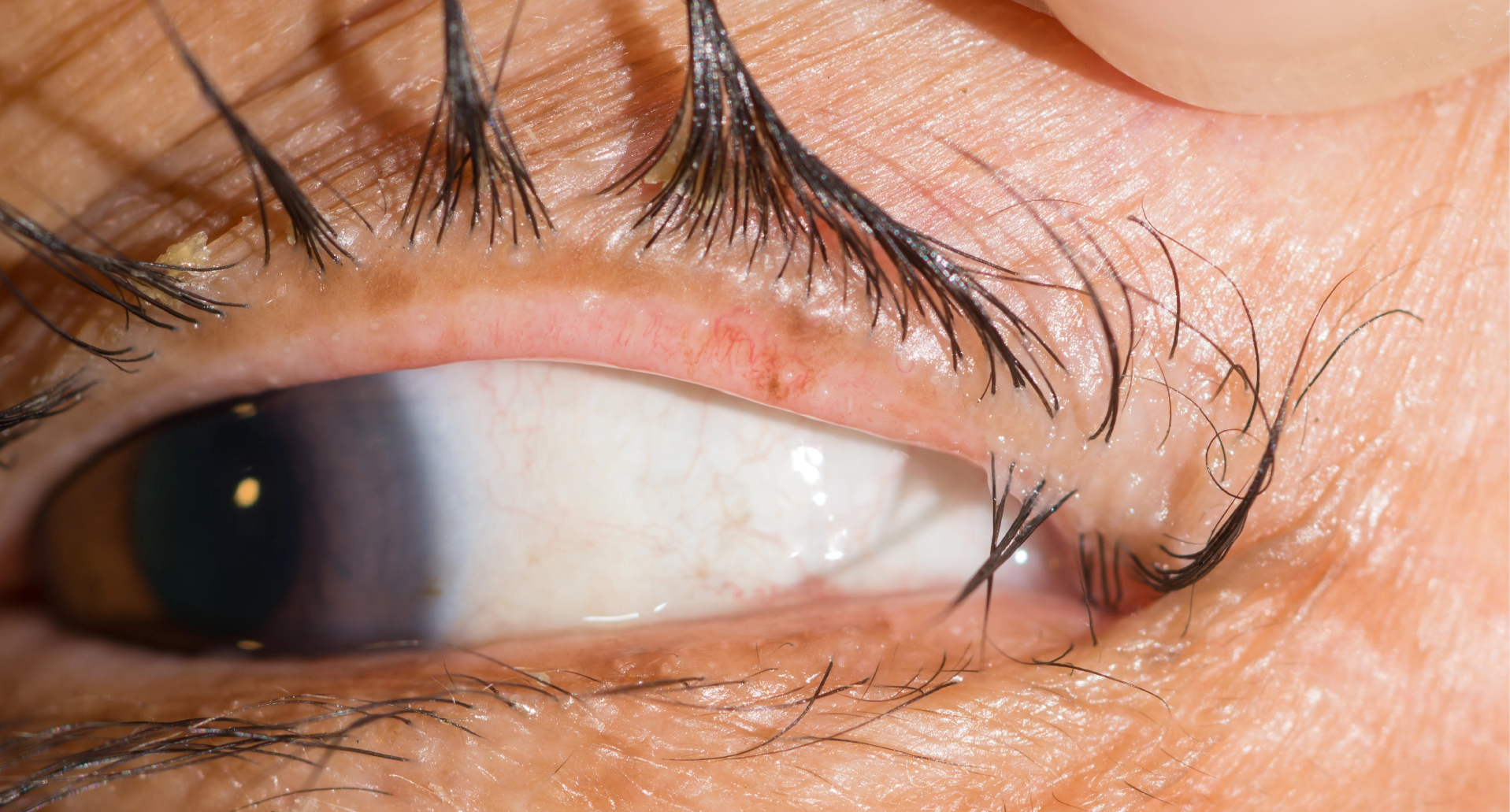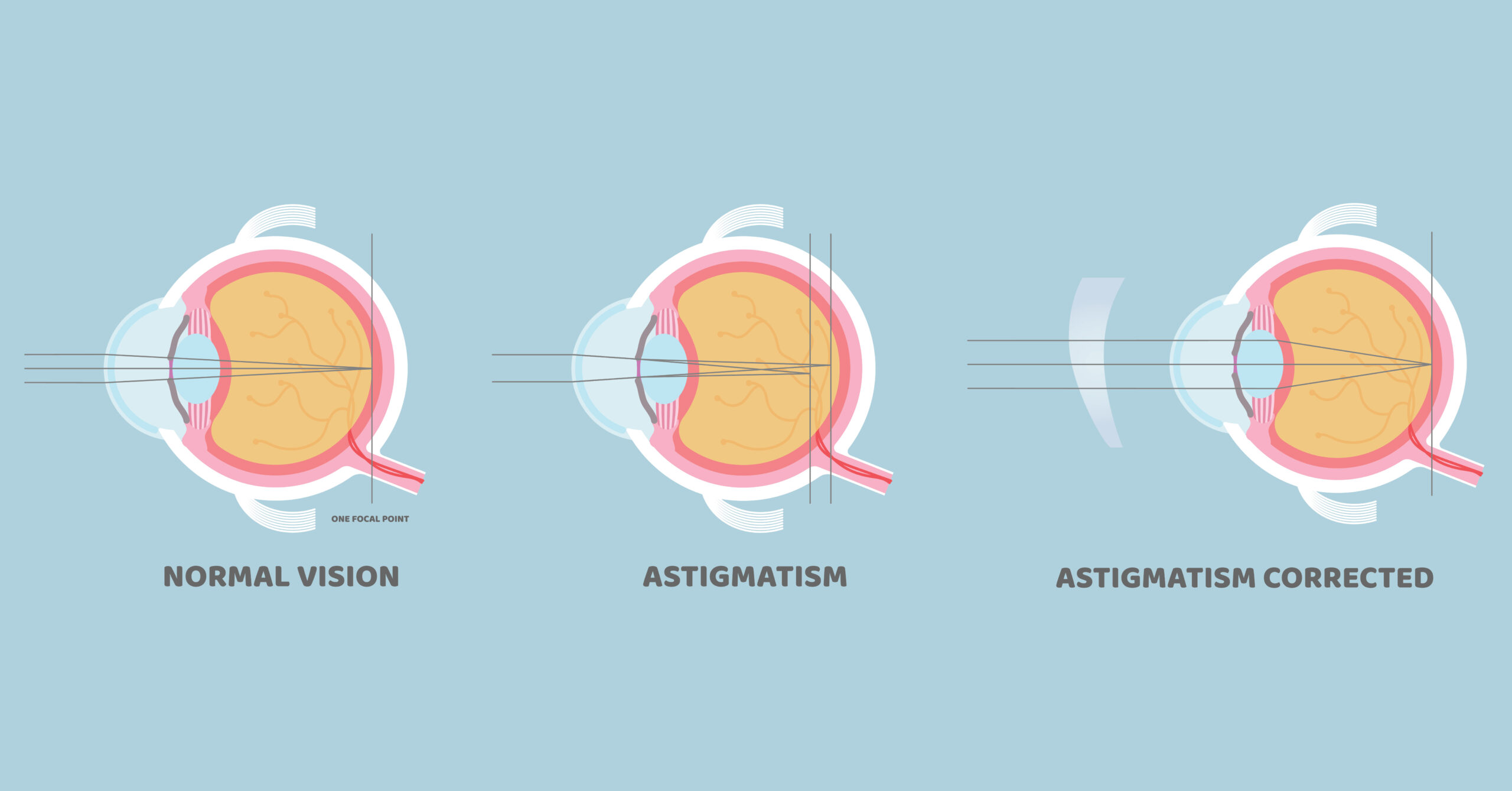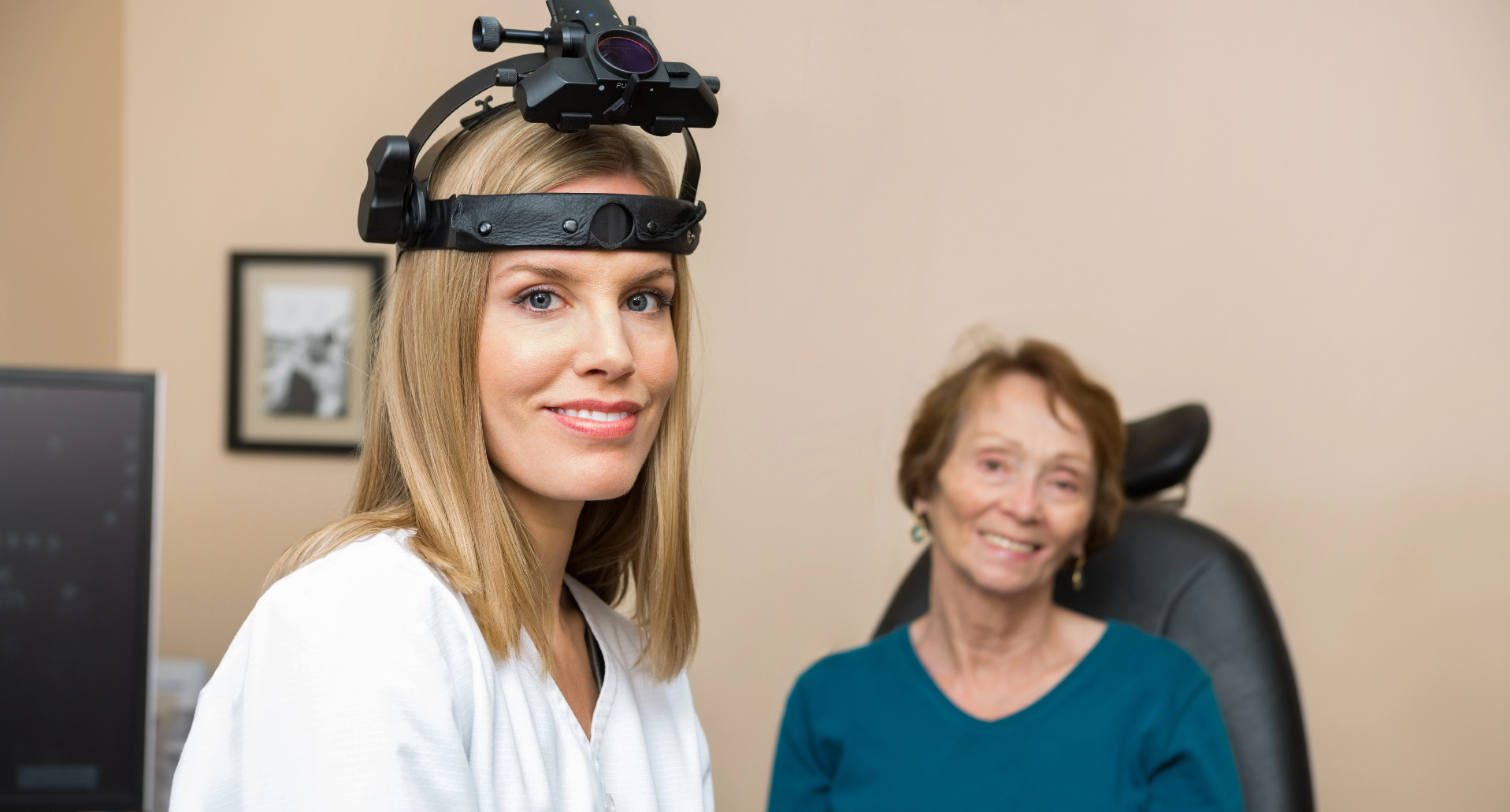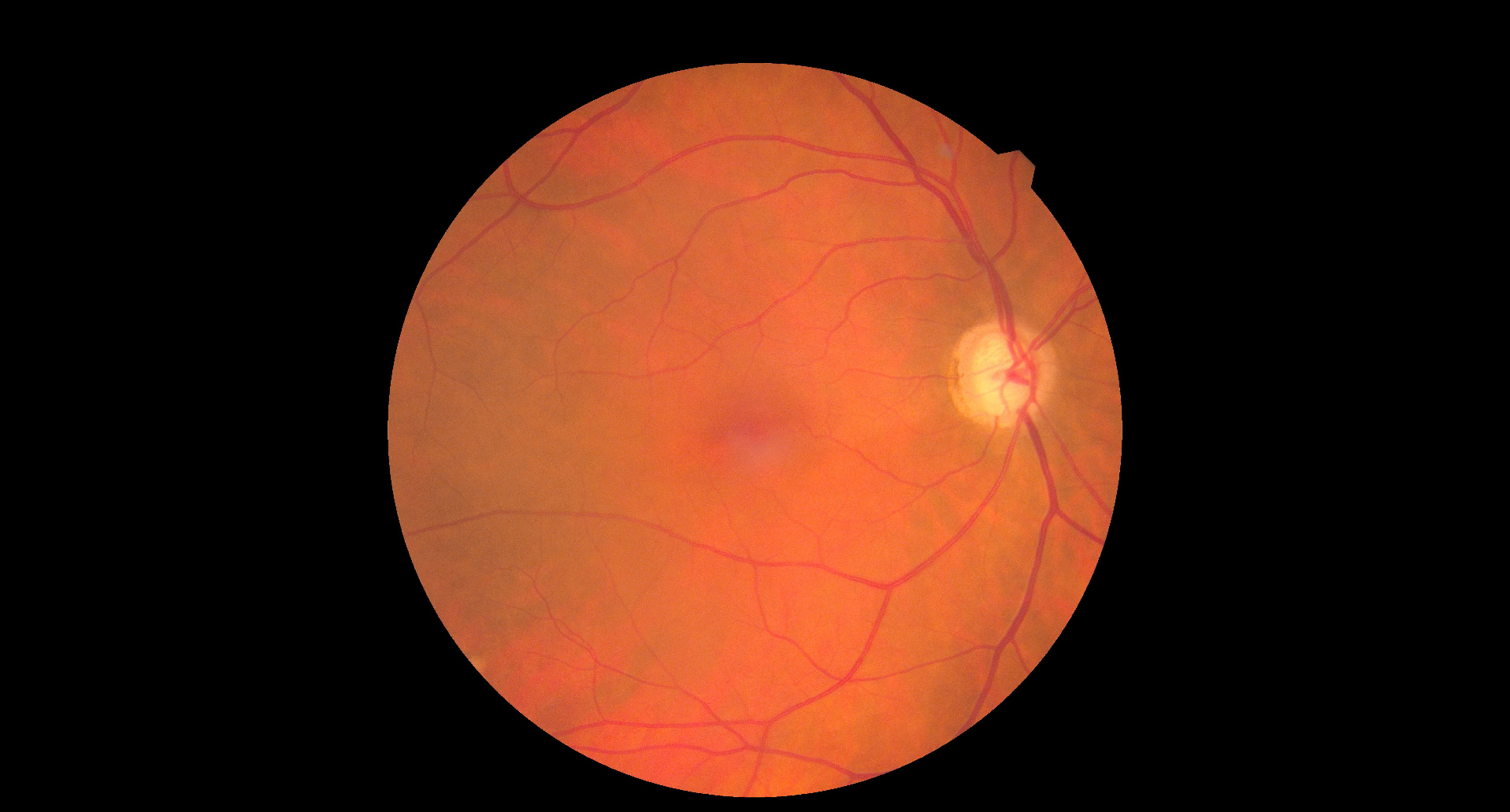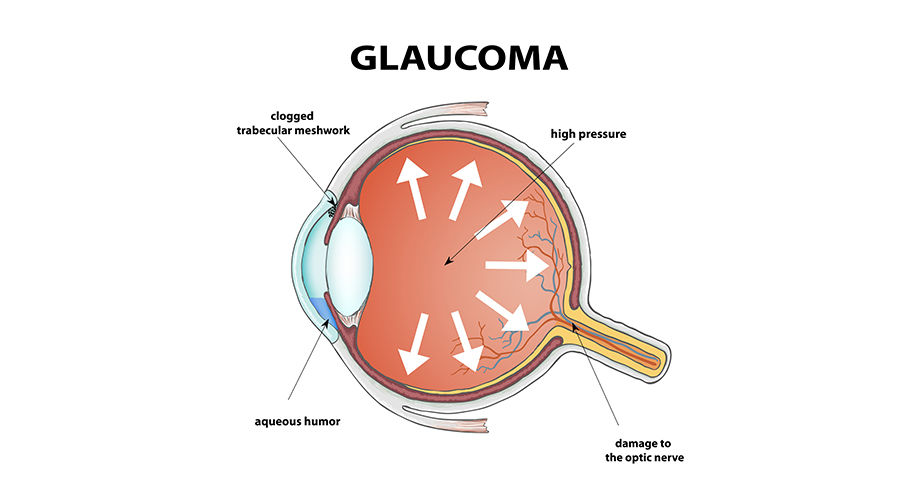What is Trichiasis? Understanding Its Causes and Symptoms
How often do you notice your eyelashes? Most of us check our face regularly but rarely focus on our lashes. Yet, these tiny hairs play a crucial role in protecting our eyes. Ignoring eyelid health can lead to conditions like trichiasis. You might be wondering, what exactly is trichiasis?
Let’s take a closer look at this condition and understand how it can affect your eye health.
What is Trichiasis?
Trichiasis is a condition where your eyelashes grow in the wrong direction, usually toward the eye, instead of outward. Trichiasis of the eyelid is a common eyelid problem that can lead to irritation, discomfort, and potential damage to the surface of the eye.
What Causes Trichiasis?
Eye infection: Infections like conjunctivitis can cause eyelid inflammation, leading to misdirected eyelashes.
Inflammation (swelling) of the eyelid: Conditions like blepharitis can cause swelling and damage to the eyelid, resulting in eyelashes growing inward.
Autoimmune conditions: Conditions that affect the immune system can lead to eyelid inflammation, resulting in abnormal eyelash growth.
Trauma: Injuries to the eye area can disrupt the normal growth pattern of eyelashes, causing them to grow in the wrong direction.
Symptoms of Trichiasis?
The symptoms can range from mild discomfort to more severe issues, including:
Eye irritation: This occurs because the lashes constantly rub against the surface of the eye, leading to a feeling of discomfort.
Redness: The eye can become red and inflamed due to the irritation caused by the misdirected eyelashes.
Excessive tearing: As the eye attempts to flush out the irritation, you may experience watery eyes.
Blurred vision: The eyelashes can scrape the cornea, which can cause temporary blurred vision.
Light sensitivity: The irritation may make you sensitive to bright lights, which can be uncomfortable.
Not taking these symptoms seriously could lead to major eye problems.
How Is Trichiasis Treated?
The treatment of trichiasis depends on how severe the condition is:
Eyelash removal: In mild cases, removing the misdirected eyelashes may be enough to relieve discomfort. However, these lashes may grow back in the wrong direction.
Electrolysis: Uses electricity to permanently remove the lashes, but it can be slow, painful, and may need to be done multiple times.
Cryosurgery: Freezes the lashes and follicles to remove them, though it may require repeat treatments.
Conclusion:
Though trichiasis can be uncomfortable and frustrating, it is a condition that can be managed with the right treatment. By recognizing the symptoms early, you can prevent further eye damage and maintain your eye health. Whether through eyelash removal or more advanced treatments, there are effective options available. If you experience any of the symptoms, it’s important to visit an Eye Hospital like Infigo, who can provide a proper diagnosis and help you find the best trichiasis treatment.
